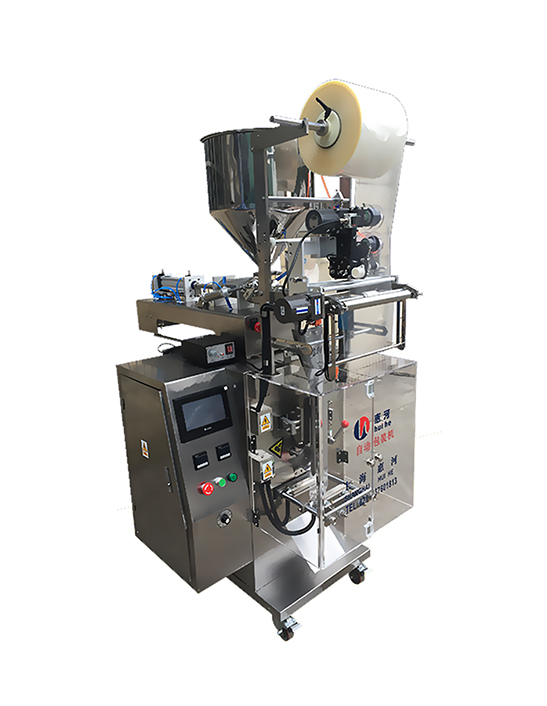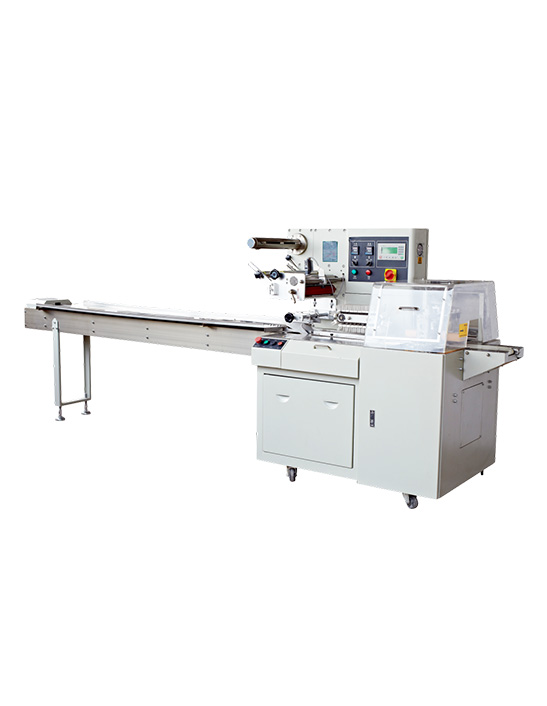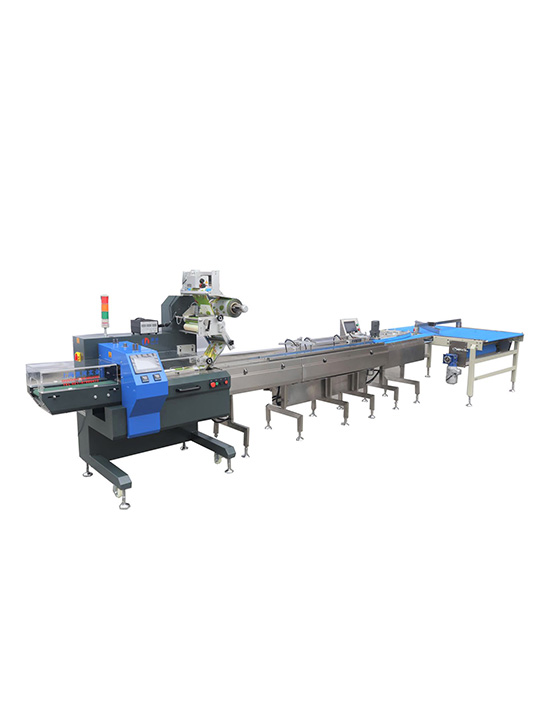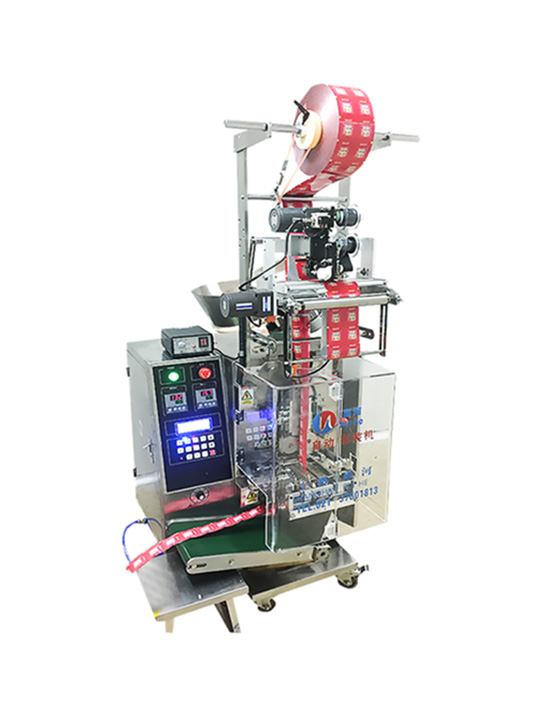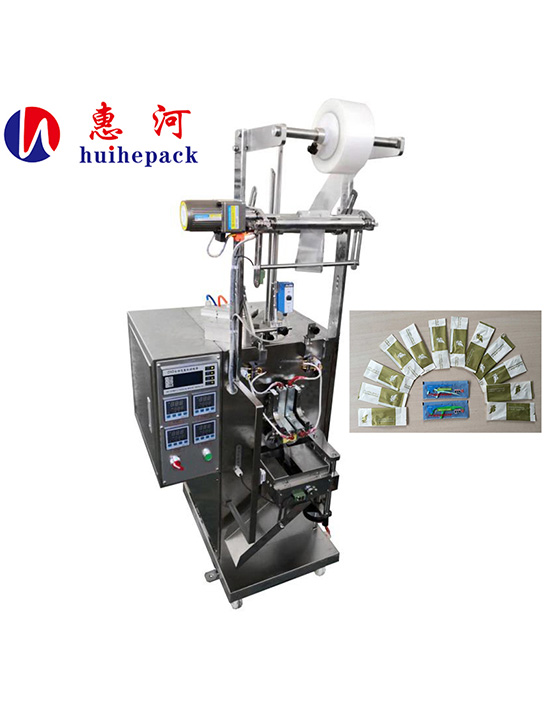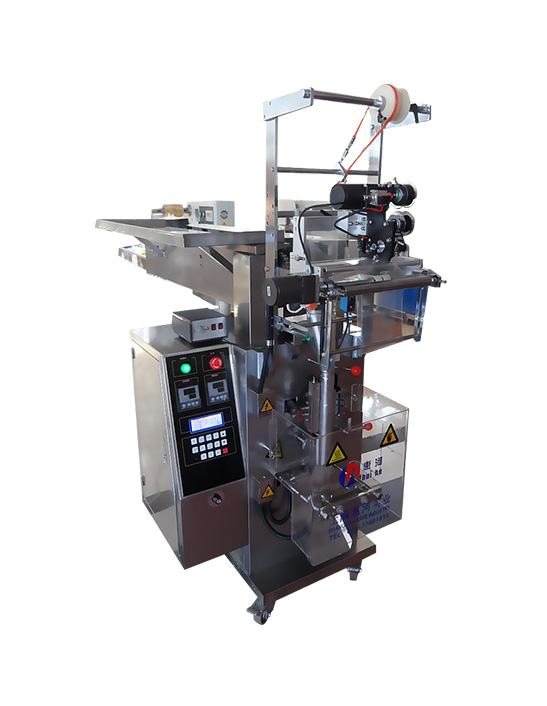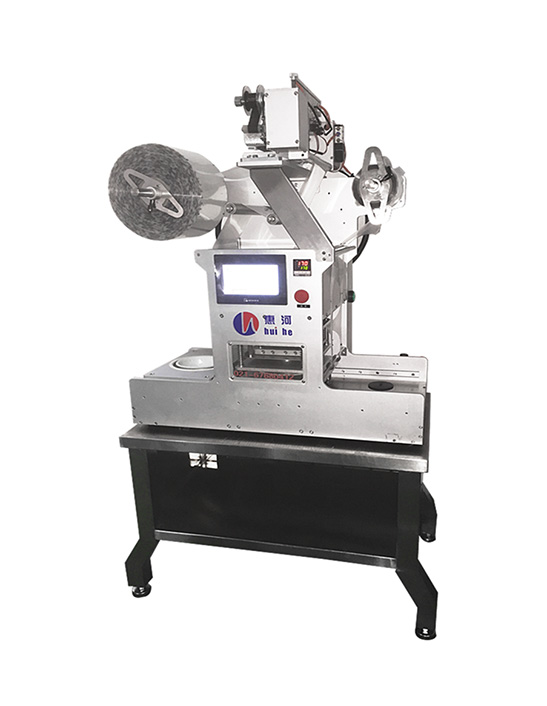Toothpicks are small, simple products, but their packaging plays a surprisingly important role in ensuring hygiene, convenience, and efficiency for end-users and businesses. From restaurants and hotels to food production facilities and retail markets, toothpicks are expected to be clean, individually packed, and easy to use. This demand has led to the development of specialized machines designed to package toothpicks quickly and safely. Toothpick packing machines have become essential equipment for manufacturers who want to streamline production, maintain hygiene standards, and meet the needs of modern consumers.
In today’s market, there are several types of toothpick packing machines, each designed with unique features to suit different production capacities, packaging styles, and business requirements. Let’s explore the main types, their advantages, and what makes them suitable for different industries.
1. Single Toothpick Packing Machines
One of the most widely used machines in the industry is the single toothpick packing machine, which packs each toothpick individually. These machines are particularly popular in the food and hospitality industries because individually wrapped toothpicks ensure hygiene and reduce the risk of contamination.
How it works: The machine automatically feeds toothpicks into a wrapping station, seals them with paper or film, and cuts them into uniform lengths.
Packaging materials: Most commonly, paper or plastic film is used, depending on the manufacturer’s requirements.
Advantages:
Ensures maximum hygiene.
Ideal for restaurants, airlines, and catering services.
Compact in size, making them suitable for small workshops.
This type of machine is especially valuable in regions where health regulations require toothpicks to be individually packed before distribution.
2. Double Toothpick Packing Machines
As the name suggests, double toothpick packing machines package two toothpicks together in one wrapper. This style of packaging is increasingly popular in the hospitality industry, particularly in hotels and restaurants, where customers may need more than one toothpick at a time.
Applications: Often used in restaurants, cafeterias, and fast-food outlets.
Advantages:
Convenient for customers.
Reduces packaging material compared to wrapping each toothpick separately.
Efficient for medium-scale operations.
Businesses that want to strike a balance between hygiene, customer satisfaction, and packaging efficiency often prefer double packing machines.
3. High-Speed Automatic Toothpick Packing Machines
For large-scale production, high-speed automatic packing machines are the go-to solution. These machines are designed for manufacturers who need to package thousands of toothpicks per hour.
Features:
Fully automated operation, including feeding, wrapping, sealing, and cutting.
Capable of handling different packaging materials, such as paper, plastic, or composite films.
High precision and low error rates.
Advantages:
Extremely efficient, saving labor costs.
Consistent packaging quality.
Suitable for factories with high output demands.
Although the initial investment is higher, the productivity and long-term savings make high-speed machines a preferred choice for large manufacturers.
4. Semi-Automatic Toothpick Packing Machines
For small and medium-sized businesses that cannot justify the cost of high-speed machines, semi-automatic packing machines provide a practical alternative. These machines require some manual involvement, such as feeding toothpicks or loading packaging rolls, but they still automate critical processes like wrapping and sealing.
Advantages:
Lower investment cost compared to fully automatic machines.
Easy to operate and maintain.
Ideal for businesses with limited production capacity.
Semi-automatic machines are often used by small factories, local workshops, or startups entering the market.
5. Toothpick Counting and Packing Machines
Some businesses require not just single or double packing but also bulk packaging, where a set number of toothpicks are packed into one bag, box, or pouch. This is where toothpick counting and packing machines are most useful.
How it works: The machine counts a specific number of toothpicks (for example, 50, 100, or 200) and then packs them together.
Packaging styles: Plastic bags, small boxes, or cartons.
Applications: Retail packaging for supermarkets, convenience stores, or wholesalers.
Advantages:
Customizable for different batch sizes.
Efficient for bulk retail packaging.
Reduces the need for manual counting and packaging.
This type of machine is perfect for businesses that sell toothpicks in larger consumer packages instead of individually wrapped items.
6. Multipurpose Packing Machines
In some industries, businesses prefer machines that can handle not only toothpicks but also similar products, such as cotton swabs, chopsticks, or small sticks. Multipurpose packing machines are designed to offer this flexibility.
Advantages:
Versatile for different product lines.
Cost-effective for companies producing a range of small consumer goods.
Adjustable settings for size, material, and packaging style.
While these machines may not always match the speed of specialized toothpick-only machines, they provide a great solution for diversified manufacturers.
7. Eco-Friendly Toothpick Packing Machines
With growing awareness of environmental issues, many companies are moving toward eco-friendly packaging solutions. Eco-friendly toothpick packing machines are designed to use biodegradable materials such as paper, recyclable films, or compostable plastics.
Advantages:
Meets sustainability goals and regulatory requirements.
Attracts eco-conscious consumers.
Helps reduce plastic waste.
These machines are particularly important for export-oriented manufacturers targeting regions with strict packaging regulations, such as the European Union.
8. Customized and Specialized Packing Machines
Some manufacturers require unique packaging designs for branding or customer convenience. In such cases, customized packing machines are developed to meet specific requirements.
Examples:
Machines that pack toothpicks in branded wrappers with printed logos.
Machines designed for unique packaging formats, such as small pouches, matchbox-style packs, or dispenser boxes.
Advantages:
Enhances brand visibility.
Provides differentiation in competitive markets.
Tailored to business-specific production needs.
Customized machines are particularly valuable for companies that want to stand out in crowded retail environments.
Choosing the Right Toothpick Packing Machine
When selecting a toothpick packing machine, businesses need to consider several factors:
Production Capacity – Small workshops may only need semi-automatic machines, while large manufacturers should invest in high-speed machines.
Packaging Style – Decide whether to use single, double, or bulk packaging based on customer needs.
Budget – Balance between initial investment and long-term savings.
Material Compatibility – Ensure the machine can handle paper, film, or eco-friendly materials.
Maintenance and Support – Choose reliable suppliers that provide after-sales service and spare parts.
Conclusion
Toothpick packing machines have evolved from simple semi-automatic devices to sophisticated high-speed, eco-friendly, and multipurpose systems. The types available in the market today range from single and double packing machines for hygiene-focused businesses to bulk counting and packing machines for retail distribution, as well as customized machines designed for branding and sustainability.
The right choice depends on a company’s production capacity, packaging preferences, budget, and target market. As consumer expectations for hygiene, convenience, and eco-friendly packaging continue to grow, toothpick packing machines will remain vital tools in the global packaging industry.

 英语
英语 西班牙语
西班牙语 简体中文
简体中文